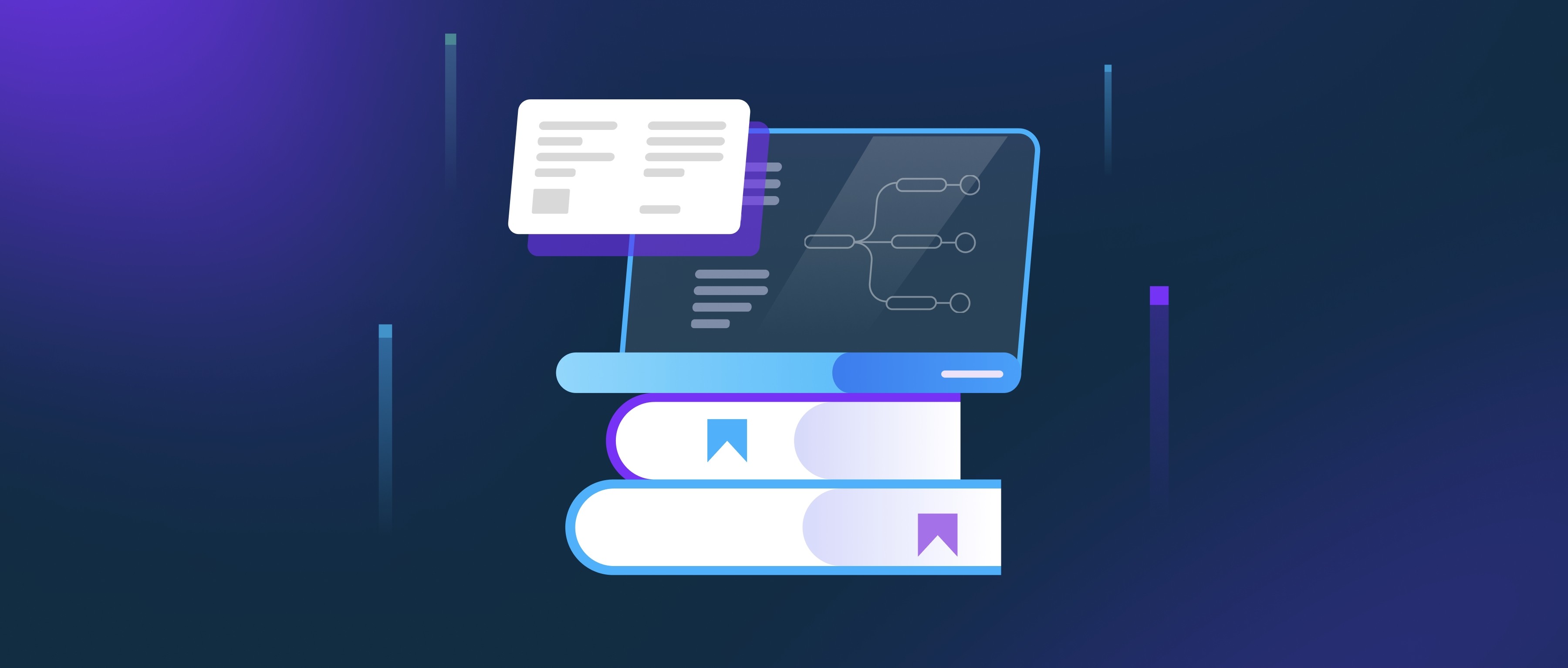To handle multi-turn conversations with a model via Amazon Bedrock, you do need to manually maintain and send the conversation context with each request. Bedrock’s API is stateless, meaning it doesn’t retain any information between requests. This requires you to track the entire conversation history (user inputs and model responses) and include it in each subsequent API call to provide context for the model’s next response. For example, if a user asks, “What’s the capital of France?” and then follows up with “What’s its population?”, you must send both the original question and the follow-up in the second request to ensure the model understands the “its” refers to Paris.
To implement this, you can structure the conversation as a list of messages with roles (e.g., “user” and “assistant”) and append new exchanges to this list. Many developers use a list or array to store these messages, adding each user input and the corresponding model response as the conversation progresses. For instance, in a code snippet, you might maintain a messages array that grows with each turn and is included in the API’s body parameter. Some models also support a system prompt to set the conversation’s tone or rules, which remains static across requests, but the user/assistant message history still needs to be managed manually.
A key consideration is managing token limits. Including the entire history in every request can exceed the model’s maximum input token capacity for long conversations. To address this, you can truncate older messages, summarize parts of the conversation, or implement a sliding window that keeps only recent exchanges. Tools like the Bedrock API’s token-counting utilities (or third-party libraries like tiktoken) can help track token usage. While this adds overhead, it ensures the model has sufficient context to generate coherent responses without hitting token limits.
